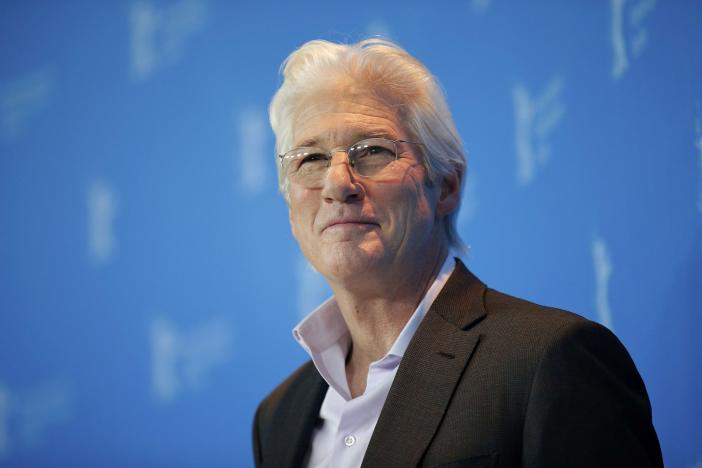
Like the rest of Karachi, its approach is scatological. Through a narrow lane leading up, wild flowers grow amidst the remains of human garbage. But from a distance, Shri Varun Dev Mandir lights up the skyline. Time itself becomes mysterious. Set against the Arabian Sea, this seemingly ancient sandstone temple gently commends its surrounding landscape. We are in an old country, one believes then, and the land has witnessed much.
Located at Manora Island, the mandir reveals itself in myth. “He comes, yes, sometimes he visits,” suggests the caretaker, looking out into the enormous blue distance. Gaunt-eyed and visionary, Kishan is speaking of Varuna, the Hindu god of oceans. For Kishan, as for many believers, Varuna is the same deity as Uderolal, the presiding spirit of rivers, of all water bodies in Sindh. “He” is beloved Jhule Lal, whose other incarnation we are to find at Sehwan. This inclusive narrative defines the visible temple — its stone form weathered by continual salt-laden winds.
Legend has it that in the 16th century a wealthy sailor by the name of Bhojomal Nancy Bhattia bought this island from the Khan of Kalat, who owned most of the land along the coastline at that time. His family commissioned a temple on the lay terrain. And what we see today — a complex of stone set upon stone skyward — originated perhaps some 500 years ago.
Leap in time, and a 1920s postcard describes the temple in whitewash. Set on a raised plinth, in the Nagara or North Indian style, a dazzling white sanctuary rises above the sea line. It appears as a living devotional site, bounded by a low wall and garlanded in paper streamers. At the time, Manora served as a British naval base, taken over from its Talpur rulers almost a century earlier. In this image one can almost feel the wind drift — and the mandir, as aesthetic form, caught in effulgent, spare, late afternoon shine.
Detractors of “deep-root mythology” argue that this is a colonial-period construction. No written records are available in Pakistan, but architects such as Murlidhar Dewani suggest that the local Hindu community became financially viable only during the time of the British. Dating is contentious, he infers, because it constructs social knowledge. He suggests that the temple "ruin" we see today in Manora is, in fact, a modern structure. It is the result of cultural neglect specifically and not age alone.
A present image: pillaged, eroded, impoverished and yet, the temple moves you. Despite its denuded stature, one can still perceive the building’s volume in sculptural terms. A symmetry of stone projections form the outer skein of the foundation, and these continue up along the height of the tower. They emphasise at once the temple’s vertical sweep, but within a rhythmic and curvilinear outline. Its poise is unmistakable.
The rough gold of Shri Varun Dev mandir suggests too a strange notion of fertility. The quality is there in its design, and in the motion of its stone. It is alluded to in the concluding finial, the disc-shaped amalaka, symbolic of healing fruit. And it is present in the generative mythology surrounding the temple. From multiple stories, or stages in its origin, to the heterodox nature of its presiding deity, a richly inclusive narrative stands up to contemporary religious piety. This proliferating sense also questions the idea of a continuous and homogenous temporality.
Here at Manora, we may still recover the dream of a cosmopolitan landscape. Through the solace of such a sight, its anachronism, find mystery, terrestrial meaning and reverence.
The temple currently belongs to the Hindu Council of Pakistan. The Council has publicly pledged renovation efforts.
Published in The Express Tribune, March 2nd, 2012.
COMMENTS (5)
Comments are moderated and generally will be posted if they are on-topic and not abusive.
For more information, please see our Comments FAQ

1732271743-0/diddy-(45)1732271743-0-165x106.webp)



1732271986-0/Express-Tribune-(8)1732271986-0-270x192.webp)











@faryal: It's a factual account. Also I found it quite interesting being a Hindu Brahmin. I am grateful to ET for this article. You folks are the best in the world. The times of India, HT etc should learn a lot from you. I worship goddess Durga [or Kali or Jagadamba or Sati like many Hindus do or almost all do] and the most important shaktipeeth of mother is in Balochistan [Nani mandir I think]. If you can make it famous in India many people like me can make a pilgrimage there and Pakistan can earn in tourism. Many Hindus in India are not aware of this temple. ET as I said could help!!
i strongly support all other religions and their right to practice and worship in peace. However, Maha's story put me to sleep. what could have been an excellent article, i think has been poor by her monotonous writing!
indonesia also having lots of hindu temples till today
The temple is beautiful. It must be renovated as soon as possible. Though I've never seen any care-takers or prayerers in it.
Its good to have many temples in a city. They generate peace, prosperity and harmony. Their vibrations change the energy of a city. The bigger a temple is the more it will magnify the positive energy.